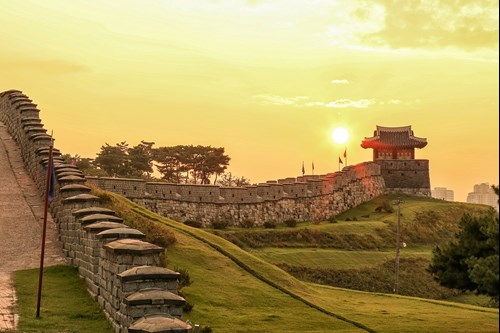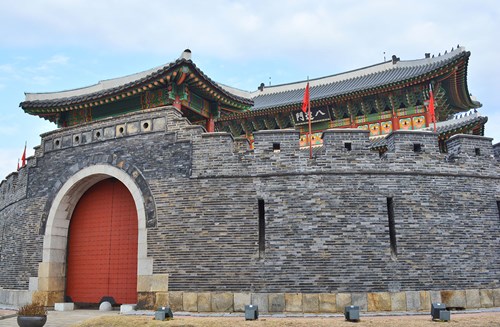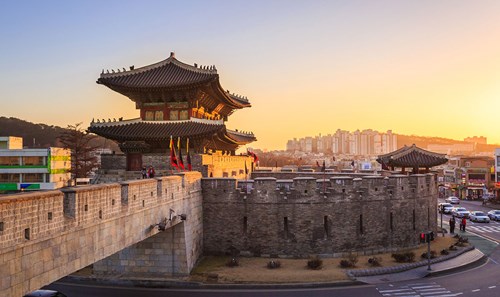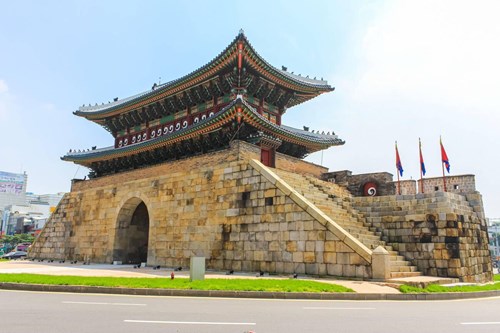Known for its rich cultural heritage and modernity, South Korea offers a unique travel experience. To dive into its turbulent history, we suggest you discover the Hwaseong Fortress, located in Suwon and classified as a UNESCO World Heritage Site.

Hwaseong Fortress is a stone and brick fortress that surrounds the center of Suwon, the provincial capital of Gyeonggi-do. Built in the late 18th century by King Jeongjo of the Joseon Dynasty (1392-1897), the palace and surrounding fortress were designated a World Heritage Site on December 12, 1997.
Brief History

Constructed by King Jeongjo, he built the fortress at that time to protect the city from attack, form a new political center, and preserve the tomb of his father, Crown Prince Sado.
As a highlight in the 18th century military architecture of South Korea, it is the only remaining walled city in the country. What differed Hwaseong from other fortresses found in Asia is that they housed commercial, political, and military installations together.
The massive walls of the fortress, which are 5.74 km in length, enclose an area of 130 hectares. Although it suffered extensive damage during the Japanese colonial period and the Korean War, renovation work in the 1970s restored its more than five kilometers of walls to their former glory.
Architectural design

In the 18th century, Hwaseong was one of the best military constructions, integrating influences from European forts and Chinese citadels. Within its high stone walls are a series of command posts, four majestic gates, pavilions, observation towers, bunkers (*), and guardhouses.
Unlike many other ancient fortresses, Hwaseong Fortress has various structures and double walls, which once allowed guards to stop attacks from the outer wall. Another unique feature is that the Suwoncheon, the main stream of Suwon, flows through the center of the fortress.
Cultural significance

Hwaseong Fortress is considered one of the most important historical sites in South Korea. In addition, the fortress has helped influence the development of Korean architecture in terms of urban planning and landscaping over the years.
From its fascinating history to its design and preservation for centuries, Hwaseong remains a unique jewel in the country.
Note:
A bunker is a highly protected underground construction.








